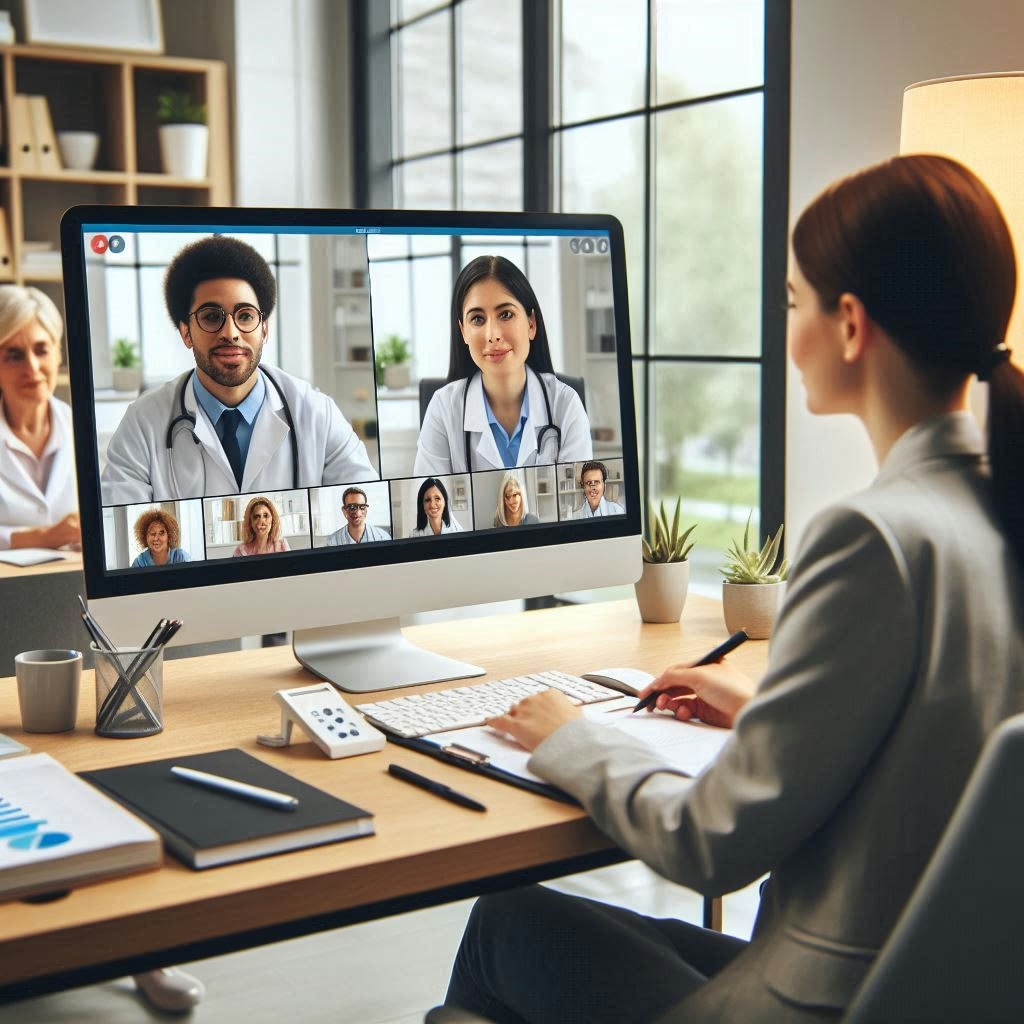The medical industry has experienced a digital evolution over the last few years, and 2025 is a new age—Telehealth 2.0. With rapid progress in technology, remote healthcare services are now smarter, more interactive, and deeply integrated with patient care. No longer restricted to video calls, today’s telehealth innovations encompass virtual diagnostics, real-time monitoring, AI-driven triage, and customized care in the comfort of home.
The COVID-19 pandemic accelerated the adoption of telemedicine, but what was once seen as a temporary solution has now become a cornerstone of modern healthcare. Digital health services continue to evolve, driven by the need for accessibility, efficiency, and improved patient outcomes.
What’s New in Telehealth 2.0?
Telehealth 2.0 uses cutting-edge technologies to overcome the shortcomings of initial telemedicine designs. It’s not simply about substituting for in-person encounters anymore—it’s about improving them with smarts, connectivity, and immediacy.
The highlights of the new telehealth experience are:

- AI-driven virtual consultations: Sophisticated chatbots and decision-support systems aid clinicians in diagnosing and suggesting treatments more quickly.
- Remote diagnostic equipment: Patients are able to conduct self-exams at home with FDA-approved devices that report data to clinicians in real-time.
- Wearable integration: Wearable health data automatically syncs with patient portals, allowing doctors to view vitals and trends in real time.
- E-prescriptions & e-pharmacies: Medication can be prescribed and sent without a visit to the clinic.
- Multilingual and accessible platforms: Built to serve diverse populations on multiple devices and internet speeds.
Benefits of Telehealth Advancements
The transformation of remote healthcare is addressing fundamental issues in conventional care provision, especially in rural and underserved communities. Patients receive quicker access to experts, save travel, and are less disturbed from their daily routines.
Key advantages are:
- Convenience: On-demand healthcare at any time and location.
- Cost savings: Lower hospital visits and administrative costs.
- Extended reach: Specialists can consult beyond borders and time zones.
- Continuity of care: Integrated platforms keep comprehensive patient records for improved long-term treatment plans.
- Improved patient engagement: Features such as mobile reminders and chat support enhance treatment compliance.
Real-World Applications
In 2025, telehealth services are utilized in:
- Chronic care management: Diabetes, hypertension, and asthma patients receive real-time monitoring and advice.
- Mental health services: Virtual therapy and counseling sessions are more accessible than ever.
- Pediatrics and geriatrics: Parents and caregivers value the convenience of consulting doctors from home.
- Post-surgical care: Remote follow-up visits are managed through image sharing and symptom tracking apps.
The Future of Virtual Care
In the future, telemedicine in 2025 is just the beginning. The next wave could be:
- Virtual reality for physical therapy and rehabilitation
- AI-generated treatment plans based on genetic data
- Predictive analytics to prevent complications
- Digital twins for personalized care simulation
Telehealth 2.0 is more than an improvement—it’s a revolution. It integrates technology, information, and care into an effortless experience that enables providers to deliver faster, better, and more individualized healthcare for all.
Saksham Kaushik is a talented writer and knowledge seeker who enjoys studying and sharing knowledge on everyday happenings, trends, and interesting facts. With keen observation skills and a curiosity-based approach, He analyzes heavy subjects into simple-to-read articles, keeping readers updated and interested. From international updates to technology breakthroughs, lifestyle suggestions, and food for thought, Saksham Kaushik provides new insights and useful information every day.




